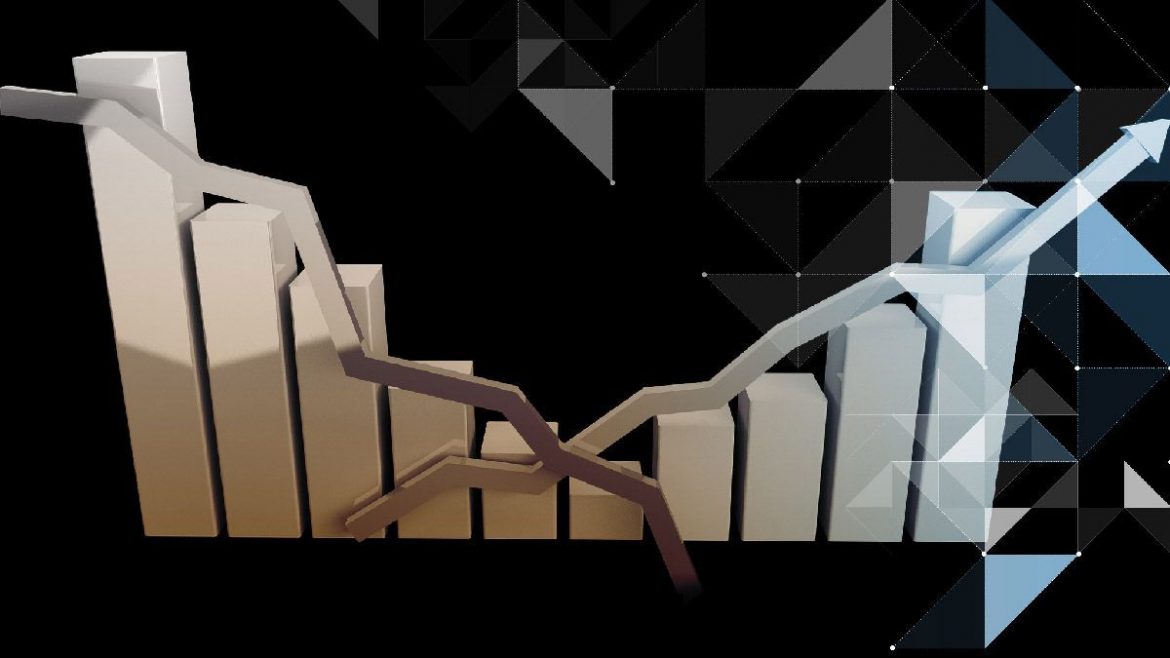You’ve heard the term, but what exactly is a pump and dump? Let’s examine this form of market manipulation within the crypto sphere; how to spot them, and how to avoid them.
The cryptocurrency and blockchain industry is still new and not as regulated as other markets. For this reason, many newbies fall victim to various schemes. The pump and dump being one of the more popular market manipulating strategies. In a previous article, A Watchful Eye on Market Manipulating Practices, we touched on the different ploys.
The general rule of thumb is: If it sounds too good to be true, it probably is. Novice investors should never want to get caught up in the hype of get-rich-quick schemes.
As we continue on, we’ll going into details of how pump and dumps work, the reasons to avoid them, and red flags that can identify.
[rml_read_more]
So what is a Pump and Dump Scheme?
A pump and dump is a plot carried out by a group of investors to force the price of a crypto asset into a massive rally with a single intention of duping inexperienced traders of their funds. They do this by pitching a promise of huge gains. Certainly, anyone who catches this wave early can profit but the buyers who come in late are buying high and left holding the bag when the price pivots and plummets.
Given the low level of regulation of the cryptocurrency markets compared to traditional fiat markets, and an upsurge of new blockchain related projects and altcoins with small market capitalization, bad actors and investors with fraudulent intent can quickly manipulate the market and get away with such activities.
It’s important to realize that low market cap projects are a significant target because it is fairly cheap and pretty easy to manipulate the supply.
For the fraudsters to pull off their pump and dump scheme, they will utilize social media channels such as Telegram, Twitter, and Discord to troll legitimate cryptocurrency projects and lure naive traders.
Social media is a feeding ground for scammers because they encourage FOMO by creating an unreasonable sense of urgency. They will shill the limited supply of a project’s token and pump its attributes as the attention and buy-in of the token increases.
In the cryptocurrency market, these investor groups are known as “whales” and they love to convince traders to buy into their ploy. What is often unknown is that these whales have been purchasing the altcoin of choice while prices were really low.
Given a low volume, it really only takes a small amount of buying power to drive up the price. So, as the price moves higher, the Whales sell off their early purchases for bigger profits and when they’ve reached their profit margins, they sell off as the wave of buyers continue. Eventually the interest falls leaving the victims holding on to the bag. Unfortunately with a low market cap, this kind of activity leaves the asset dormant and the victims are unable to recover from their losses.
In a study carried out at the Imperial College London by two researchers, Jiahua Xu and Benjamin Livshits, a minimum of two pump and dump schemes materialize daily on the crypto market thus producing about $7 million USD in daily trade volume.
Furthermore, in one sample of their analysis, they cited a crypto coin called BVB and observed how it moved from its low to its all-time high within 18 seconds following an announcement on a Telegram channel.
Why does this work so well for the whales?
Let’s take Tom, for example. He gets a tip-off on a coin from rumors spread by a con-artist on Telegram. Verifying that the price is moving, Tom enters an impulsive and irrational buy order because he doesn’t want to miss out on the opportunity (FOMO).
The orchestrator of the scheme waits for the increased activity and quickly sells their token holdings. Now Tom has a lot of tokens worth dust. Tom’s been duped.
Conclusion
If you notice a sudden spike in trades within a very short period of time, dig further. See if the asset has low volume and low market cap (daily volume less than $1 million). Don’t buy into the hype! Keep your distance from assets that exhibit these indicators, and as always, do your due diligence before you begin to trade.
Disclaimer
Content provided by CryptoTraderNews is for informational purposes only, and should not be construed as legal, tax, investment, financial, or other advice. All information is of a general nature. As always, there is risk with any investment. In exchange for using our products and services, you agree not to hold CryptoTraderNews Pro, its affiliates, or any third party service provider liable for any possible claim for damages arising from decisions you make based on information made available to you through our services.
